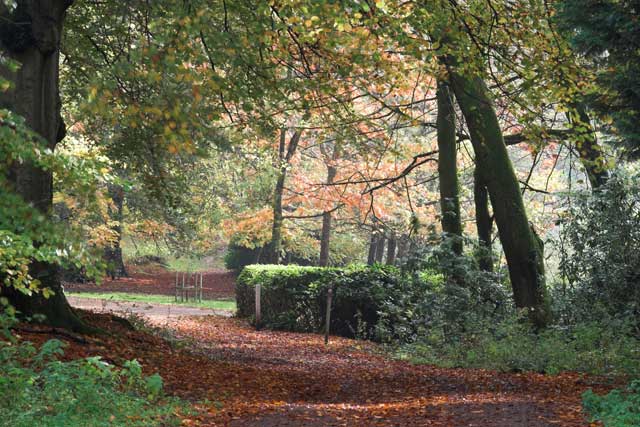Longleat Estate: From little acorns, mighty oaks grow

Your support helps us to tell the story
From reproductive rights to climate change to Big Tech, The Independent is on the ground when the story is developing. Whether it's investigating the financials of Elon Musk's pro-Trump PAC or producing our latest documentary, 'The A Word', which shines a light on the American women fighting for reproductive rights, we know how important it is to parse out the facts from the messaging.
At such a critical moment in US history, we need reporters on the ground. Your donation allows us to keep sending journalists to speak to both sides of the story.
The Independent is trusted by Americans across the entire political spectrum. And unlike many other quality news outlets, we choose not to lock Americans out of our reporting and analysis with paywalls. We believe quality journalism should be available to everyone, paid for by those who can afford it.
Your support makes all the difference.One of my favourite areas of woodland is the Longleat Estate in Wiltshire, near Warminster. It is probably better known for its safari park, but that's not for me. Since January 2009, Longleat has also been home to 200 oak trees planted as a growing monument to the evolutionary thinker Charles Darwin.
In 2009, the Natural History Museum marked Darwin's bicentenary and the 150 years since the publication of On The Origin Of Species, with the invitation to artist Tania Kovats to create a permanent installation in the iconic museum building.
She responded by creating a sculpture installation called TREE, a dissection of an entire 200-year old oak that was inserted into the ceiling in one of the Central Hall's mezzanine galleries. Many experts, in particular from Longleat where the tree was uprooted, were involved. The estate is known for its conservation approach in forestry and its sites of Special Scientific Interest.
In exchange for the one tree taken from the estate, 200 saplings were planted by us. Some of the acorns for the saplings were taken from an oak planted on the site by George III in 1789.
Oak trees are amazing ecosystems, and also help us to lock up carbon from the atmosphere. The sequence of planting trees, sustainable use of wood and replanting trees is a cycle of carbon storage. Forests help us to breathe: they are good for biodiversity and the climate.
Amazonia, an art science exhibition inspired by the Amazon rainforest, is open at the Natural History Museum until 12 December ( www.nhm.ac.uk/amazonia)
Join our commenting forum
Join thought-provoking conversations, follow other Independent readers and see their replies
Comments